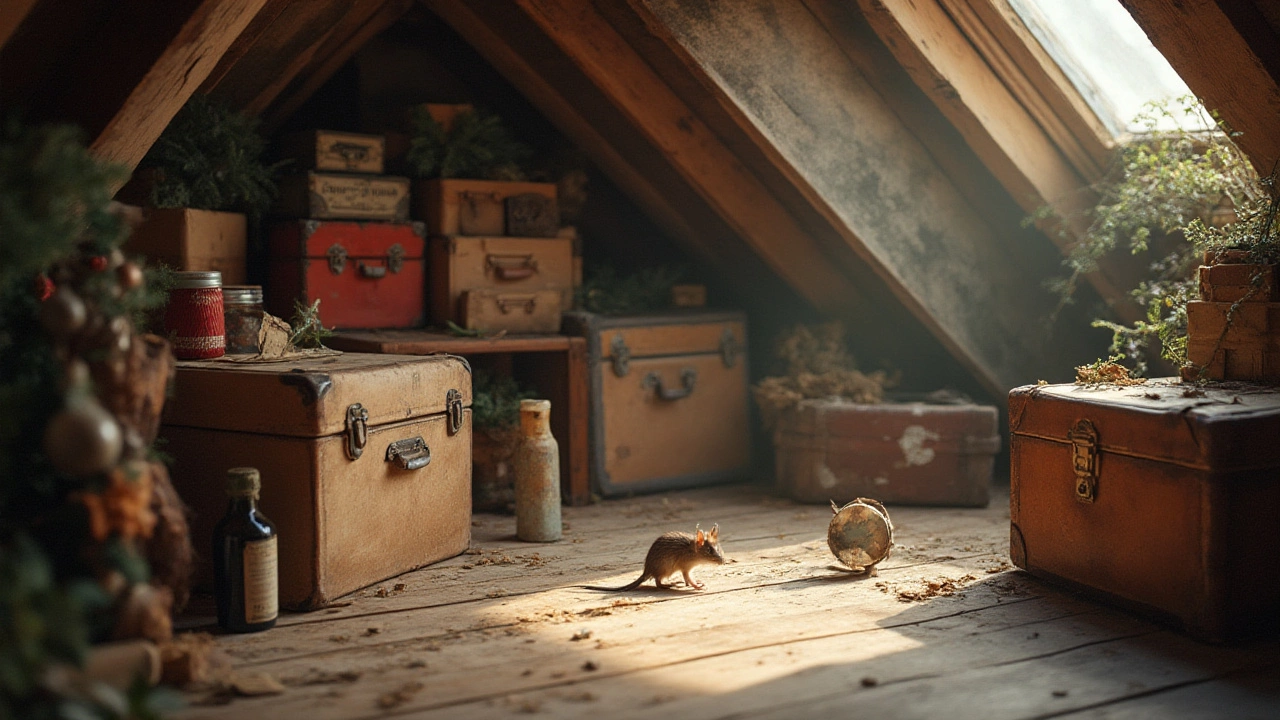Mouse Repellent Tips for a Pest‑Free Home
Got little squeaks in the night? Mice can chew through wood, damage upholstery, and leave droppings everywhere. The good news is you don’t need expensive chemicals to stop them. Below are easy, cheap ways to tell mice to find another address.
Seal Every Tiny Opening
The first step is to block the way in. Mice can squeeze through holes the size of a dime, so walk around the house with a flashlight and look for cracks around doors, windows, baseboards, and where pipes enter the wall. Use steel wool and caulk for small gaps, and install copper mesh for larger holes. Don’t forget the space under your sink and behind appliances – those are prime highways for rodents.
Use Natural Smells That Mice Hate
Many household smells act like a mouse‑off switch. Peppermint oil, for example, works well because mice can’t stand the strong scent. Soak cotton balls in a few drops and place them in corners, pantry shelves, and inside any wooden furniture you suspect they might target. Other options are cloves, dried lavender, or a little mustard powder sprinkled around entry points. Refresh the scents every few days for lasting power.
If you have pets, a cat’s presence alone can keep mice away. Even a picture of a cat placed near trouble spots can deter them for a short while. The idea is to make the area feel unsafe for a mouse, so they move on before they cause damage.
When sealing and scenting aren’t enough, set up simple traps. Snap traps are quick and humane when placed correctly. Put them perpendicular to walls, with the trigger side facing the wall, because mice run along edges. Bait with a tiny piece of cheese, peanut butter, or a dab of bacon grease. Check traps daily and dispose of any catch responsibly.
For those who prefer a no‑kill method, consider a live‑catch trap. Place it near a known run, add the same tasty bait, and release any mouse far from your home, ideally in a wooded area. Just remember to check the trap often – a caught mouse can get stressed quickly.
Keep your kitchen clean. Store food in airtight containers, clean crumbs right away, and take out the trash before nightfall. Mice are drawn to easy meals, so removing that attraction cuts down on visits. Also, avoid leaving pet food out overnight; a small bowl can be a magnet for rodents.
Finally, protect your furniture. If you notice gnaw marks on wooden chairs or sofa frames, place a thin sheet of metal or a plastic guard on the underside. This blocks mice from getting a foothold and chewing your cherished pieces.
With these steps – sealing gaps, using strong smells, setting traps, keeping food secured, and shielding furniture – you’ll give mice no reason to stay. It takes a little effort, but the peace of mind and the saved furniture are worth it.
Best Mouse Repellent Solutions for Storage Spaces
Find out which mouse repellents truly work for storage spaces. Discover effective methods, real tips, and surprising truths about mice prevention.
More
